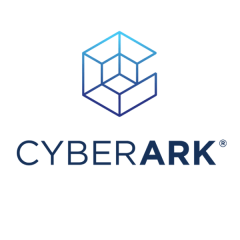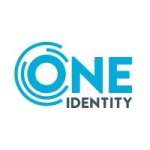We are mostly rotating passwords and using PSM for remote connections.
It provides us with better security and control over our accounts.
It provides an automated and unified approach for securing access for all types of identities. This approach is important for us. The more things we have that can be automated, the easier it is to get things done.
It gives a single pane of glass to manage and secure human and machine identities across environments, which is important for us.
It saves time when it comes to onboarding new employees and providing them secure access to SaaS apps and IT systems. It probably saves a couple of hours.
The automatic rotation of credentials is probably the most useful feature.
It should be easy to use for non-technical people. Its interface can be a bit difficult. Some parts of its interface are not very intuitive. Some of the controls are hidden, and instead of having a screen with all the controls for that account on it, you have to use menus and other similar things.
Its documentation could be better. Some of the documentation lacks details for people who aren't super technical.
I have been using this solution for about six years.
It is stable. We never had any hiccups that were caused by CyberArk.
It is easily scalable. In terms of usage, it is being used by all of IT. We have over 500 users utilizing the solution. We're always adding new people and features, so its usage is increasing every day. We plan to implement more types of accounts.
Their technical support is good, but some of their documentation lacks details for people who aren't super technical. I would rate them an eight out of 10.
Other than the regular Password Manager, they didn't have any real solution. They chose to look into CyberArk because it is a good security practice to have accounts automatically rotate and secure remote connections.
It is pretty complex, but they have professional services to help with that. It is complex because of all the security around it, all the hardening, and getting everything set up to communicate with each other. I am not sure about the duration of the initial deployment because I wasn't on the team then.
In terms of maintenance, it doesn't require a lot of people. Maintenance is just keeping up with patches. It is pretty stable and doesn't require a lot.
We used CyberArk's professional services. They were good, and they helped get everything set up. They also helped do upgrades.
It is in line with its competitors, but all such solutions cost too much money.
It is a good choice. I'm not sure if they're the market leader or not, but they seem to have the biggest footprint. I know there are a couple of competitors, but I've never used them. The other two that I know about are not as widely used, so there is a bigger community for support for CyberArk, and there is also CyberArk's support.
CyberArk is good as a technology partner for ensuring that we maintain a strong security posture throughout our digital transformation. It is a needed platform to have.
Given my experience with CyberArk PAM, to a colleague at another company who says, “We want to solve cloud security challenges with born-in-the-cloud security solutions as opposed to legacy solutions that have been adapted to the cloud," I would say that CyberArk is a good option for the cloud. That's because you don't have to worry about maintenance, and all the integrations are already in place. The different accounts that CyberArk can integrate with are already in place.
It doesn't really give a single pane of glass to manage and secure identities across multiple environments. It only gives visibility into CyberArk and how the accounts are working there. If something is wrong with an account, sometimes, you have to check other tools, such as Active Directory, or permissions.
We don't use CyberArk’s Cloud Entitlements Manager and Secrets Manager. We use CyberArk PAM to implement least privilege entitlements, and it is neither easy nor difficult to implement them. It is somewhere in the middle. The adoption of least privilege entitlements by using CyberArk PAM is also somewhere in the middle. If users aren't really technical, they would have problems with it.
It provides consistent controls to enable secure access, manage secrets, and implement least privilege at scale across our environment. It is somewhat user-friendly for people to just rotate passwords. Its interface can be a bit difficult.
I would rate it an eight out of 10.



















